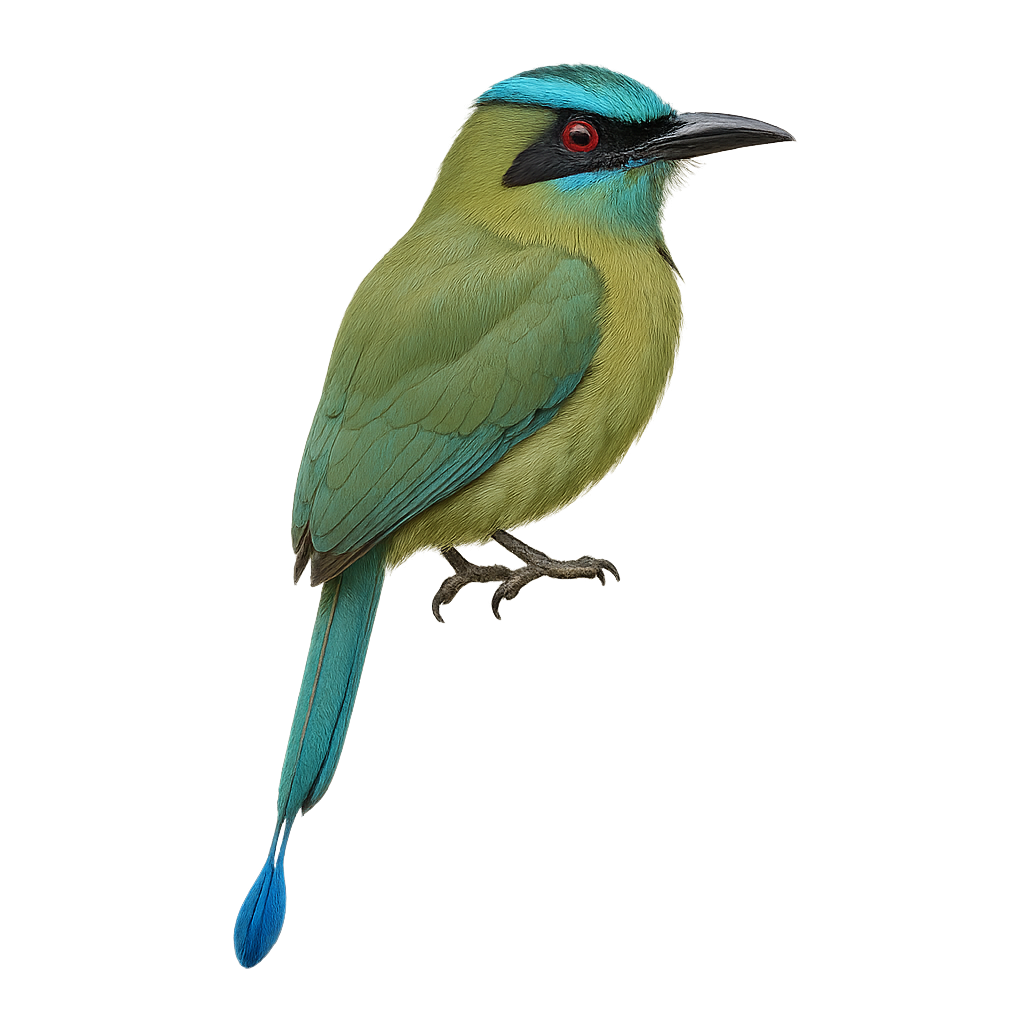Your wildlife photography guide.
Explore the blue-capped motmot in detail, study its behavior, prepare your shots.
Where to observe and photograph the blue-capped motmot in the wild
Learn where and when to spot the blue-capped motmot in the wild, how to identify the species based on distinctive features, and what natural environments it inhabits. The WildlifePhotographer app offers tailored photography tips that reflect the blue-capped motmot’s behavior, helping you capture better wildlife images. Explore the full species profile for key information including description, habitat, active periods, and approach techniques.
Blue-capped Motmot
Scientific name: Momotus coeruliceps

IUCN Status: Least Concern
Family: MOMOTIDAE
Group: Birds
Sensitivity to human approach: Tolerant
Minimum approach distance: 10 m
Courtship display: April to May
Incubation: 20-22 jours
Hatchings: April to June
Habitat:
Tropical forests, subtropical forests, forest edges
Activity period :
Primarily active during the day, with peak activity in the morning and late afternoon.
Identification and description:
The Blue-capped Motmot is a fascinating bird, recognizable by its striking blue head and long racket-shaped tail. It primarily inhabits the tropical and subtropical forests of Central America, where it feeds on insects, small reptiles, and fruits. This motmot is often seen perched motionless, scanning its surroundings for prey. Its green and blue plumage allows it to blend into the dense vegetation, making it difficult to spot. Although generally solitary, it can sometimes be seen in small family groups. The Blue-capped Motmot is a territorial bird, using its melodious song to mark its territory.
Recommended lens:
400mm – adjust based on distance, desired framing (portrait or habitat), and approach conditions.
Photography tips:
To photograph the blue-capped Motmot, it is advisable to use a telephoto lens of at least 400mm to capture detailed images without disturbing the bird. Look for it in tropical and subtropical forests, where it often perches motionless. Be patient and wait for it to move or sing to get dynamic shots. The natural light of the morning or afternoon is ideal to highlight the bright colors of its plumage.
The WildlifePhotographer App is coming soon!
Be the first to explore the best nature spots, track rutting seasons, log your observations, and observe more wildlife.
Already 1 432 wildlife lovers subscribed worldwide

